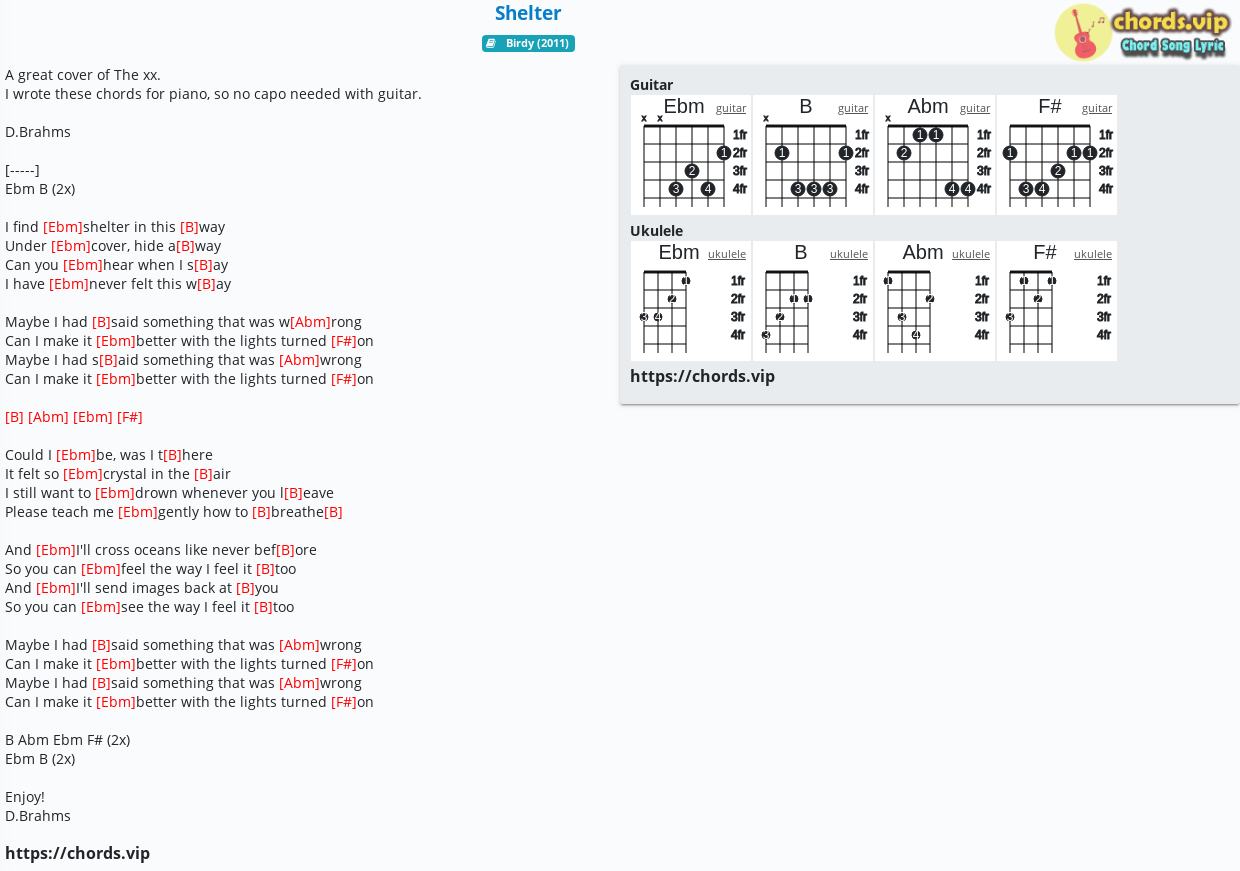

Unlike the sedentary Caddos, the vast majority of the indigenous people were hunters and gatherers who lived highly mobile lives that limited their ability to make and transport large or complex musical instruments. Although descendants of other native peoples undoubtedly still live in South and West Texas, their cultural identity has been lost. The Caddos, with their tribal headquarters in Oklahoma, trace their ancestry to prehistoric agriculturalists of East Texas and Louisiana as well as Oklahoma. The Tiguas of far West Texas are closely related to the Pueblo people of the Southwestern United States, rather than any more easterly Texas groups. Many of the named tribes that are thought of today as native were in fact immigrants-the Apache in the late seventeenth century, the Comanche in the eighteenth century, and the Alabama–Coushatta and the Kickapoo tribes in the nineteenth century. During a welcoming ceremony, the Caddo men, women, and children were seated separately but sang "without disagreeing one point in their voices," making "a gentle although coarse harmony." That the same response was elicited from European observers so widely separated in time and space implies that Native American music, and especially singing, conformed to some uniform standard that transcended linguistic and social boundaries.īy the time European settlers colonized Texas, the indigenous populations had been decimated by internecine warfare and introduced diseases. The same impression was voiced by Fray Francisco de Céliz, diarist of the Alarcón Expedition to East Texas in 1718.

He thought that the participants sang so harmoniously, with no discordant voices, that all together seemed to make but one voice. Circa 1605, Spanish chronicler Andrés Pérez de Ribas described another such communal celebration, or mitote, in which motets were sung in "the tone and rhythm that they use, the same way one pauses and then repeats the brief verses of a song when accompanied by an organ." In 1645, writing specifically about the mitotes of the native people in the vicinity of Monterrey, in the northern Mexican state of Nuevo León adjacent to Texas, Alonso De León commented that the people sang "in their own peculiar way," words with no meaning (to the Spanish listeners), but pleasing to the ear. The 1582 Rodríguez-Sánchez Expedition to the area of modern-day Presidio, in far West Texas, described a festival in which the dancers raised their hands to the sun and sang "with much compass and harmony" so that three hundred men performed as one. Singing apparently accompanied most of the dances, with the human voice the dominant source of sound. Almost 200 years later, in what is now northern Texas, the French explorer Bénard de La Harpe was treated to a ceremony that lasted twenty-four hours, "during which time their music did not discontinue for a moment." Spanish archives are replete with accounts of Coahuiltecan dances that lasted as long as eight days and were motivated by such diverse events as seasonal harvests, battles, astronomical phenomena, and the threat of disease. In 1535 the first chroniclers of Indian life in Texas, the shipwrecked Álvar Núñez Cabeza de Vaca and his party, were greeted by native people who shouted, clapped their thighs, and brought out gourd-and-pebble rattles to which they attached great importance. The accounts of early Spanish and French explorers confirm that music was an important part of Native American ceremonial life.


 0 kommentar(er)
0 kommentar(er)
